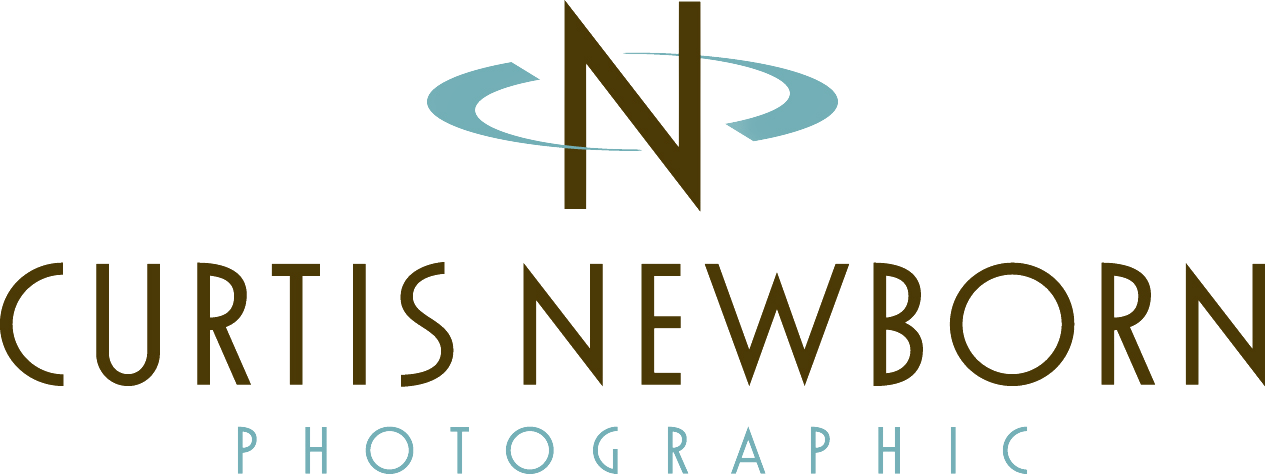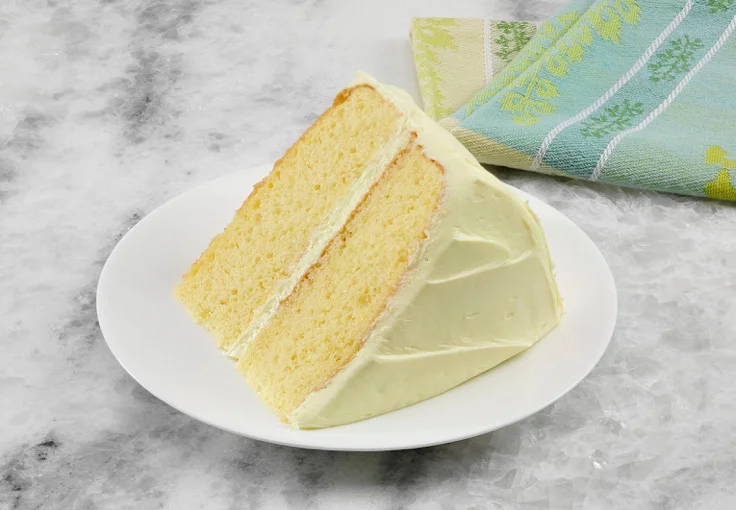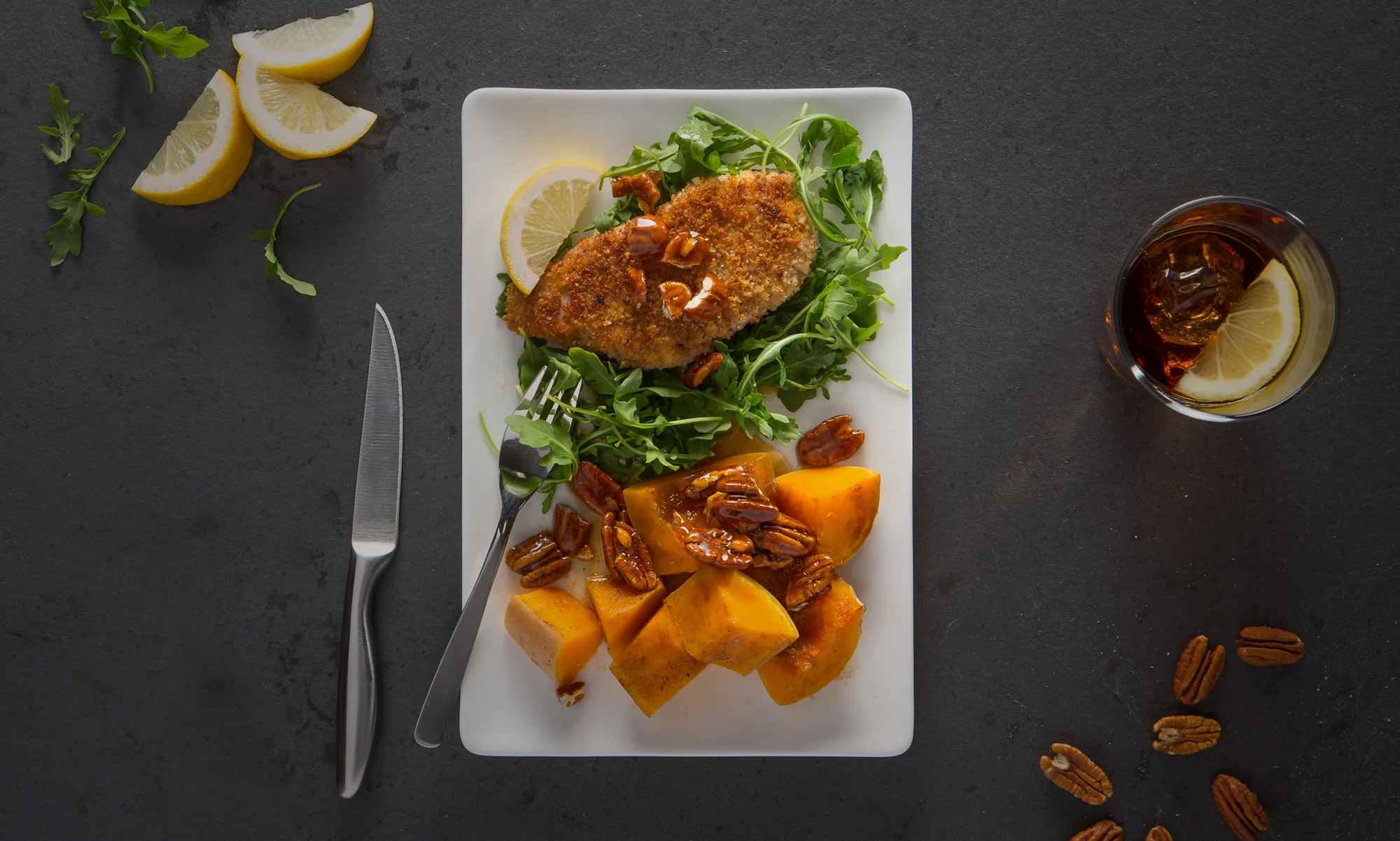A Little Context About This Post:
Our Founder, Curtis Newborn, shares some insights into the inner workings at one of our brands, FoodPhotoStudio.com. Every industry has its own set of language that makes no sense to those who are unfamiliar. Food photography is no different. There’s all kinds of interesting & unique food photography terms. Some make sense when you think about it. Others, not so much.
Some of Our Most Often Used Food Photography Terminology:
"Stand In Food": Stand in food is food that you just throw on a plate to rough in your camera angle, your set, your props, and your lighting. When you have food that will wilt quickly, this is a must. You can’t rush your set up. Get everything sorted out with your stand in food. This term is also used for actors when the huge, famous celebrity isn’t really necessary for the shot.
"Hero Food": Hero food is the final dish, the perfectly styled dish that will be used as our final shot and given to the client. When shooting with clients, after the “stand in” is used to set up the shot, we get the “hero” shot done first, and only then do variations if requested, and only if there is time so that we can keep to the schedule. If you have 6 shots in one day, then you have to break those 6 shots down in your 10-hour day. Our hero food is also called the “beauty dish” or “beauty shot”.
"Mark The Plate": There might be other terms for this, but I’ve always told my crew to “mark the plate” before moving anything so that when they take our plate off set, then we will know EXACTLY where it needs to go when it’s brought back in. You mark your plates with wood blocks or something that will show you where you plate needs to go when you bring it back into the same set. This saves so much time.
"Spritz It": When working with food, it’s so important to make sure that no matter what it is, that it doesn’t dry out while it’s on set. Depending on what the food is, it might need a light spray of water from a tiny bottle, or have some oil painted on with a brush. Either way, the whole idea is to make sure that the food looks fresh, or juicy, or whatever to say it’s fresh. If it’s a steak, I might say, “Hose it down!”. Animal proteins really soak up moisture so you really have to make sure you have tons of oil/water on it to keep it looking juicy.
"The Crown & The Heel": Clients will have their own words for food products. A common set of food terms for many burger clients is to call the top burger bun the “Crown” and the bottom burger bun the “Heel”, as it’s much faster to say those words instead of, “get me a new burger bun top”. The stylist preps the crowns and heels differently depending on how they will be seen in the shot.
"Food Rigging": Many times with food photography, our food is not doing what we want it to do. This may require some sort of rigging behind the food or even inside the food to make it stay in the position we want it to be in. A tiny move one way or another, and unfortunately you can see my rigging, so placement is critical.
"The Martini Shot": Usually the favorite shot of the day. The martini shot is the last shot of the day or shoot. Many agencies really expect a dog and pony show. I always say it’s like a 12-hour party. We make sure that everyone has everything they need throughout the day. This includes food and drinks and there’s always great music playing. We celebrate our martini shot with a drink. Beer, wine, booze, I make sure we have it there. It’s a great end to a our shooting day.
To Wrap It Up:
So there you have it! Terminology that we use in the food photo studio when shooting a variety of projects for clients. There are many more than what I’ve listed here. Please leave your comments below with some that you use!






